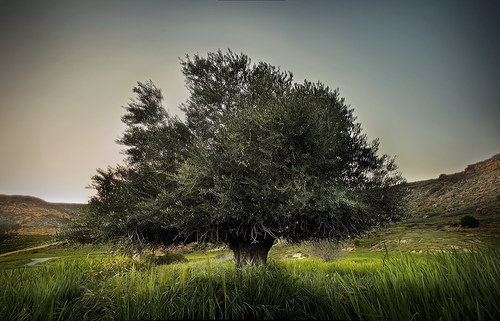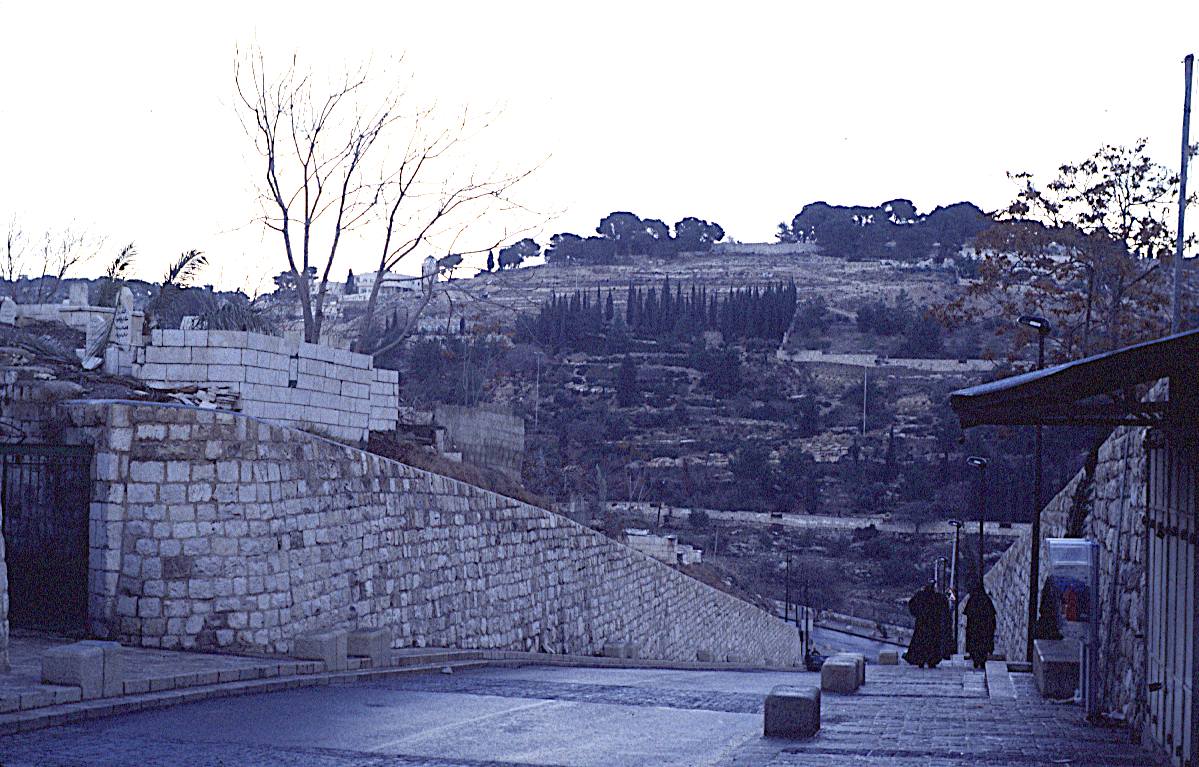Further Facts
Olive trees live longer than most fruit trees. There has been trees in Palestine that are over 2,000 years old.
The Bark and leaves on a olive tree are a soft gray-green. The trunk becomes gnarled as it ages. The wood from this tree is hard and variegated, or varied in color, and it is valued in cabinetry. Its strength makes it great for making furniture and tools. A mature tree can have as many as 500,000 small flowers on it, but most are imperfect and the fruit can't grow. Mature trees give off pollen which is usually carried by the wind from flower to flower.
The olive tree is a symbol of strength. The olive trees can survive for hundreds of years and provides food that help make the human body healthy and strong. This tree survives extremely harsh conditions. Only fire and excessive water can kill it. In ancient times it also fed the soldiers that protected the city, making it important to those soldiers and the people they protected.
More commonly the olive tree is a symbol of peace. Usually the branch of the olive tree is used to symbolize this peace. This came about with the times of war. Olive trees took a long time to grow and become useful. If there were many times of war, people would not be able to stay in one place long enough to produce an olive orchard. So, when there was an olive orchard, this meant that there had been a long time of peace where the people could stay in that one place long enough to grow a sufficient crop.
Since the olive branch was such an important part of Ancient Greek life, it is no surprise that the first Olympic torch was an olive branch lit on fire. They also crowned the winner with a crown of olive leaves.
To find out more about other flowering plants check out these other Multipleorganisms.net pages!
Vaccinium Oxycoccus (Cranberry)
Helianthus annuus (Sunflower)
Camellia sinensis (Tea plant)
Pistacia vera (Pistachio Tree)
Prunus cerasus (Cherry Tree)
Euphorbia pulcherrima (Poinsettia)

